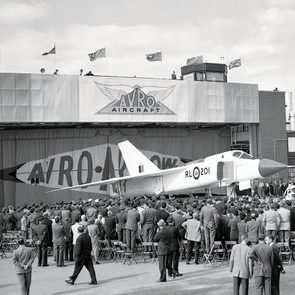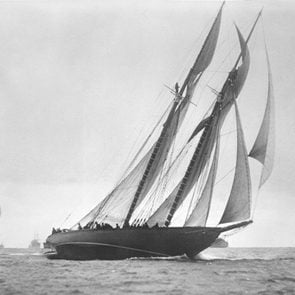How a Single Flight From Winnipeg to The Pas Forever Changed the Face of Canadian Travel
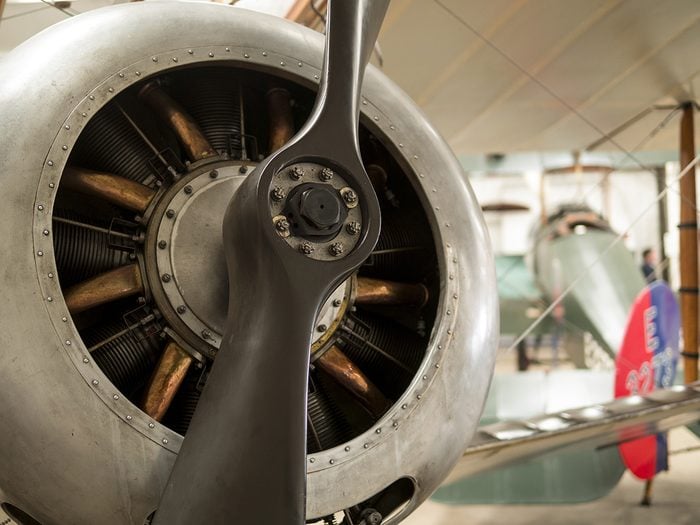
In the early 20th century, Canadians who wished to travel the country or visit faraway lands primarily used the transcontinental railway system or embarked on a cruise liner across the ocean. However, in October 1920, one airplane flight in Manitoba would not only change the world of aerospace, but forever alter our perception of travel.
Canada’s first commercial flight
In the fall of 1920, the Canadian Aircraft Company in Winnipeg, Manitoba, received an unorthodox request from a fur buyer—he wanted to be flown home to The Pas, a town several hundred kilometres north of Winnipeg. Though the automobile was growing in popularity and becoming cheaper to own in the early 1920s, the very few paved roads in Canada would have made a trip like this difficult. At the time, travellers often undertook long road trips on horseback or by buggy, which, in this case, would have meant an exhausting journey of several days through the Manitoban bush.
And so, the gentleman insisted instead on being flown to his destination, despite commercial air travel in Canada being a foreign concept in 1920.
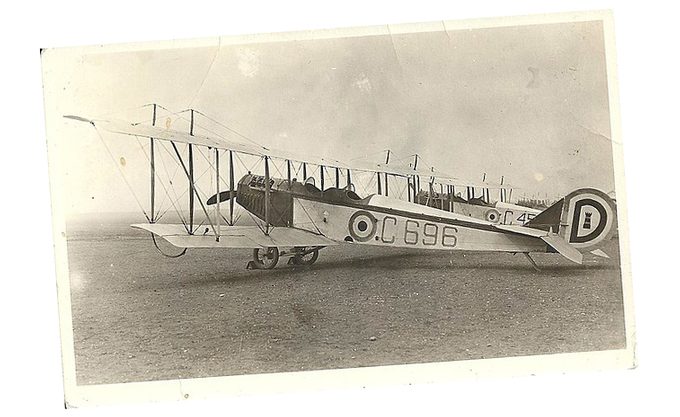
The aviation industry had seen tremendous growth since Wilbur and Orville Wright took flight in December of 1903, accelerated by the First World War and the development of state-of-the-art fighter planes. Outside of military operation, a handful of cargo planes were also in service in Canada as early as 1913, transporting mail and newspapers from Montreal to Ottawa.
Though the Americans had conducted the world’s first commercial flight on January 1, 1914, never had it been done on Canadian soil.
Two bush pilots eventually accepted the fur buyer’s request and prepared for take-off out of Winnipeg. This inter-Manitoban flight on October 15, 1920, set a precedent that led to the rise of a previously untapped industry: commercial air travel.
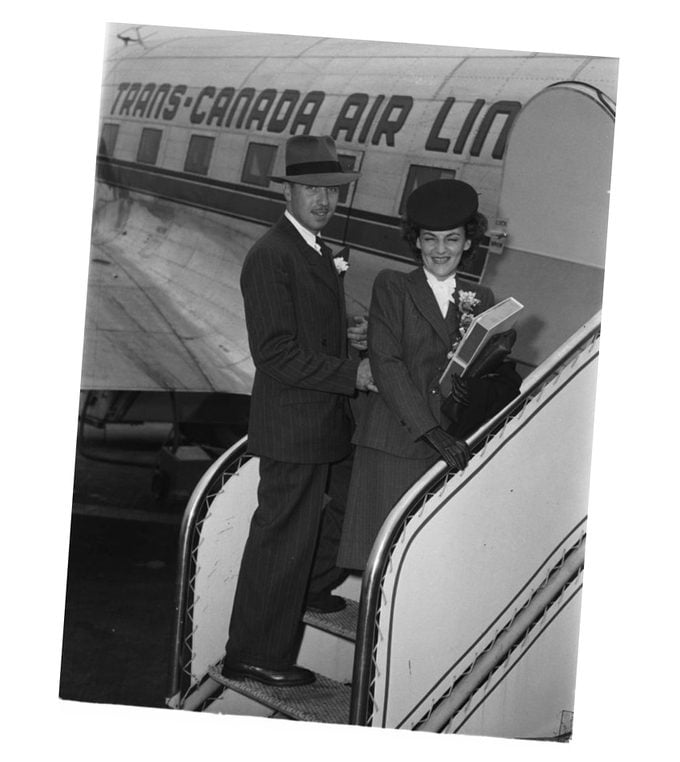
The humble beginnings of a Canadian airline giant
One of the key players in the burgeoning commercial airline industry started life as Trans-Canada Air Lines (TCAL). The Montreal-based operation opened its doors on April 10, 1937, with just three aircraft—a Boeing Stearman and two Lockheed Electras—and fewer than a hundred employees.
The airline began transcontinental commercial flights between Vancouver, B.C., and Montreal on April 1, 1939. And in just a few short years, the airline was flying passengers across the Atlantic Ocean—a journey which, at the time, took over 13 hours.
TCAL slowly started building up its staff of pilots, flight attendants and other airline workers. By the time the 1940s rolled around, the company had close to 500 employees, and their three-plane fleet had expanded to 12 Lockheed Model 14 Super Electras and six Lockheed Model 18 Lodestars. Both of these heavy-duty aircraft were designed for long-distance, trans-Atlantic travel.
In 1964, the booming business rebranded under the name that’s now familiar to travellers around the world: Air Canada.
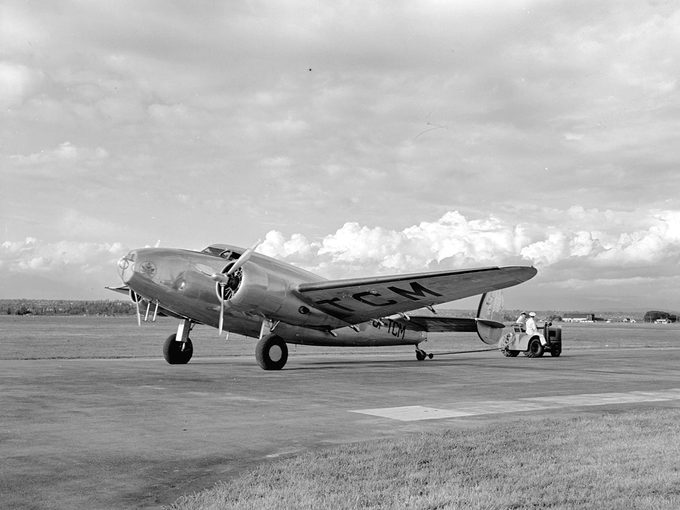
Air Canada’s international travel routes continued to expand into the 21st century. Today, it’s one of the largest airlines in North America, providing travellers with the opportunity to visit over 90 different locations across the globe.
With thousands of flights out of Canada every day, it’s hard to believe it all started with one flight across Manitoba, over a hundred years ago.
Now that you know the story of Canada’s first commercial flight, find out how Canada helped make the 1969 moon landing possible.
